Water Cycle Restoration
The Untapped Solution
To Healing Our Planet
Are you interested in learning a proven solution to our most pressing environmental crises? Decentralized Water Retention delivers meaningful results after the first rainy season. People around the world are learning how to quickly create real substantive change for the health of their landscapes and communities - by working for water.

A Path to Thriving Landscapes
What Is Water Cycle Restoration?
Water cycle restoration is the art and science of revitalizing the movement of water through our landscapes to encourage infiltration and vegetation growth. At its core, water cycle restoration mimics and supports natural processes to create resilient and abundant landscapes for generations to come.
By capturing rainfall, slowing its flow across the land, and encouraging it to infiltrate deep into the soil, we can reverse the destructive cycles of drought, flood, and fire. Healthy water cycles recharge groundwater, mitigate extreme weather impacts, and create lush, resilient ecosystems teeming with life.
Decentralized water retention systems offer practical solutions to many of our modern crises. These techniques are based in nature and can be implemented on any scale. Every intervention has a ripple effect, rehydrating the land, improving soil health, mitigating climate change, increasing biodiversity, and supporting local communities.
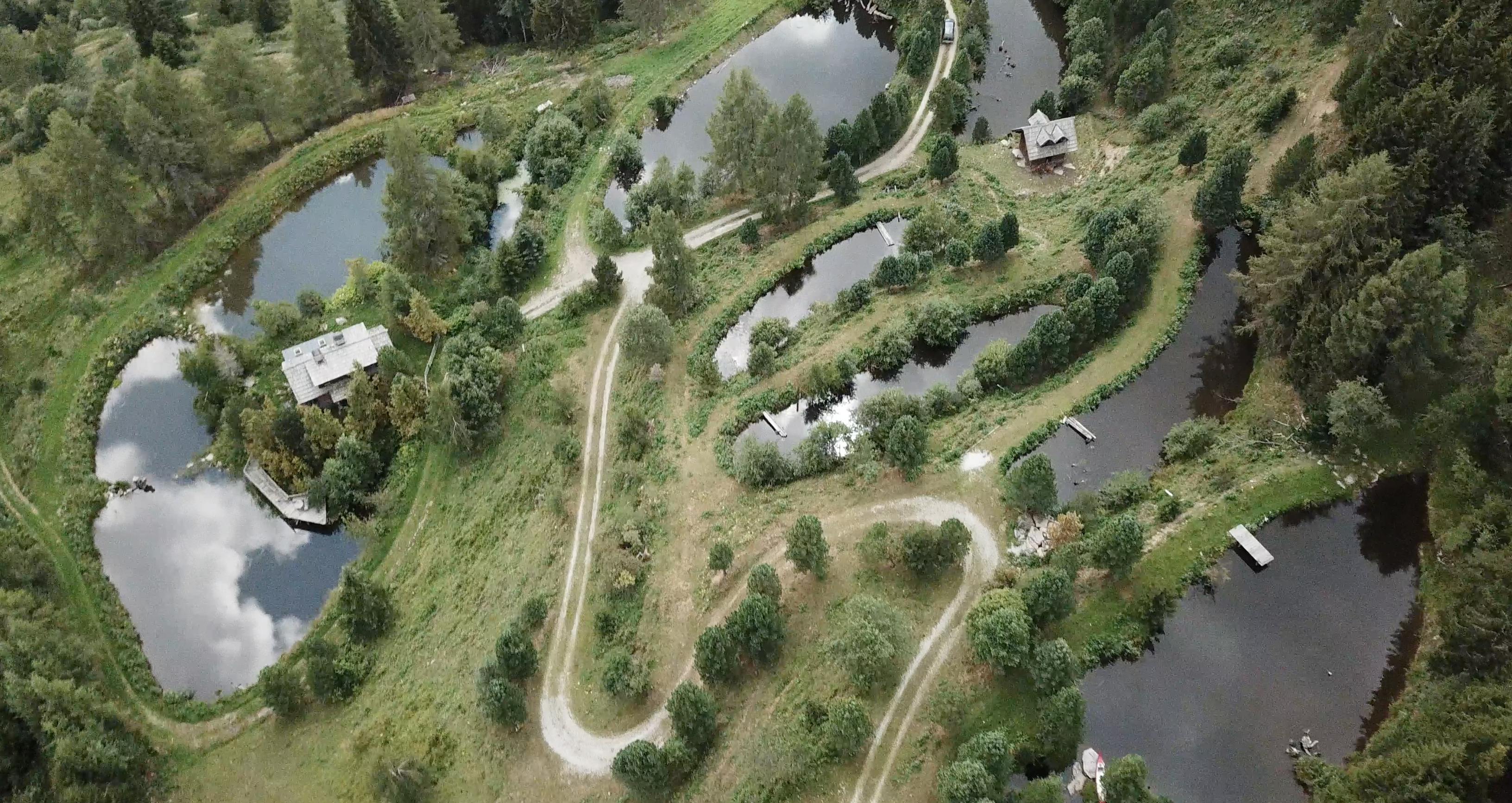
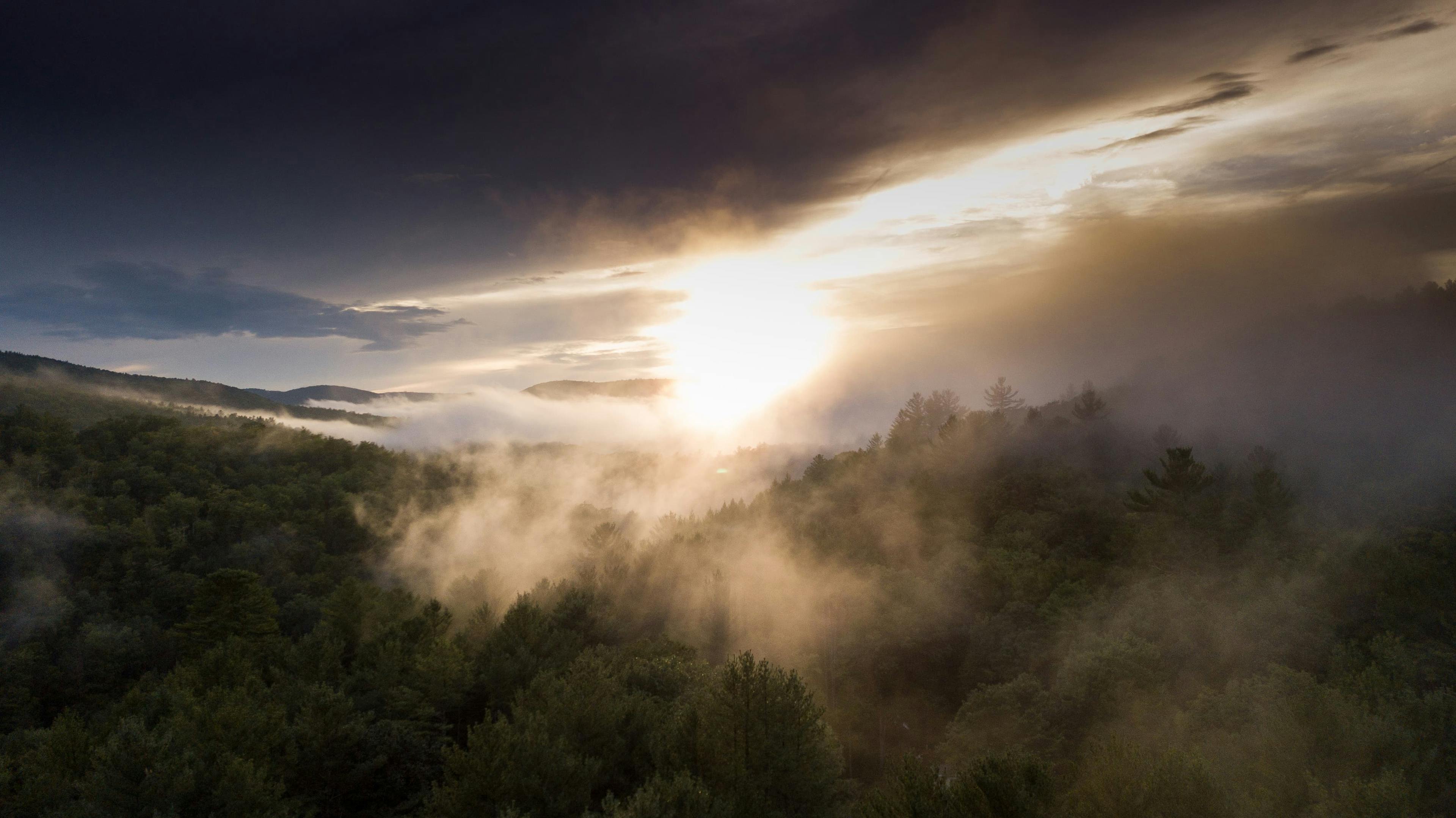
Local Actions, Global Impact
Water Cycle Restoration and Climate Resilience
Healthy water cycles are one of the most effective tools in addressing climate change. Landscapes rich in water and vegetation act as natural air-conditioning units, regulating temperatures and creating localized weather patterns. Every pond built, every tree planted, and every wetland restored contributes to a global cooling effect.
The most powerful solutions often start small. By addressing water-related challenges in our own backyards, we create cascades of positive change that extend far beyond our immediate surroundings. Restoring water cycles isn’t just about preventing disasters—it’s about building thriving communities, abundant futures, and landscapes resilient to a changing climate
Visionaries, Leaders, Mentors
The Elders and Examples
Those who have dedicated their lives to restoring the health of our planet, and have left a lasting legacy of examples that show humanity the pathways towards a better common future.
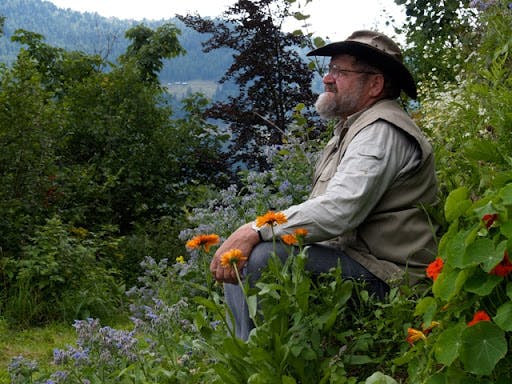
The Rebel Farmer
Sepp Holzer
An Austrian Mountain farmer who defied convention to create an “Eden of the Alps”. By creating dozens of water bodies on his steep mountain farm, and planting thousands of trees, Sepp created one of the most diverse, ecological wonderlands in Europe. Sepp’s work has transformed countless communities across the earth, who have modeled his decentralized water retention features to reverse drought, and bring abundant water supplies back to their land.
The Waterman of India
Rajendra Singh
Known as the Waterman of India. While tending to his drought-stricken impoverished community as a medical doctor, an interaction with a patient shifted his focus to restoring water.. Starting alone with a shovel, his work grew into a movement of tens of thousands of villagers, building water retention spaces that captured the rain, lowered the temperature, and brought back water to a million+ people in Rajasthan.
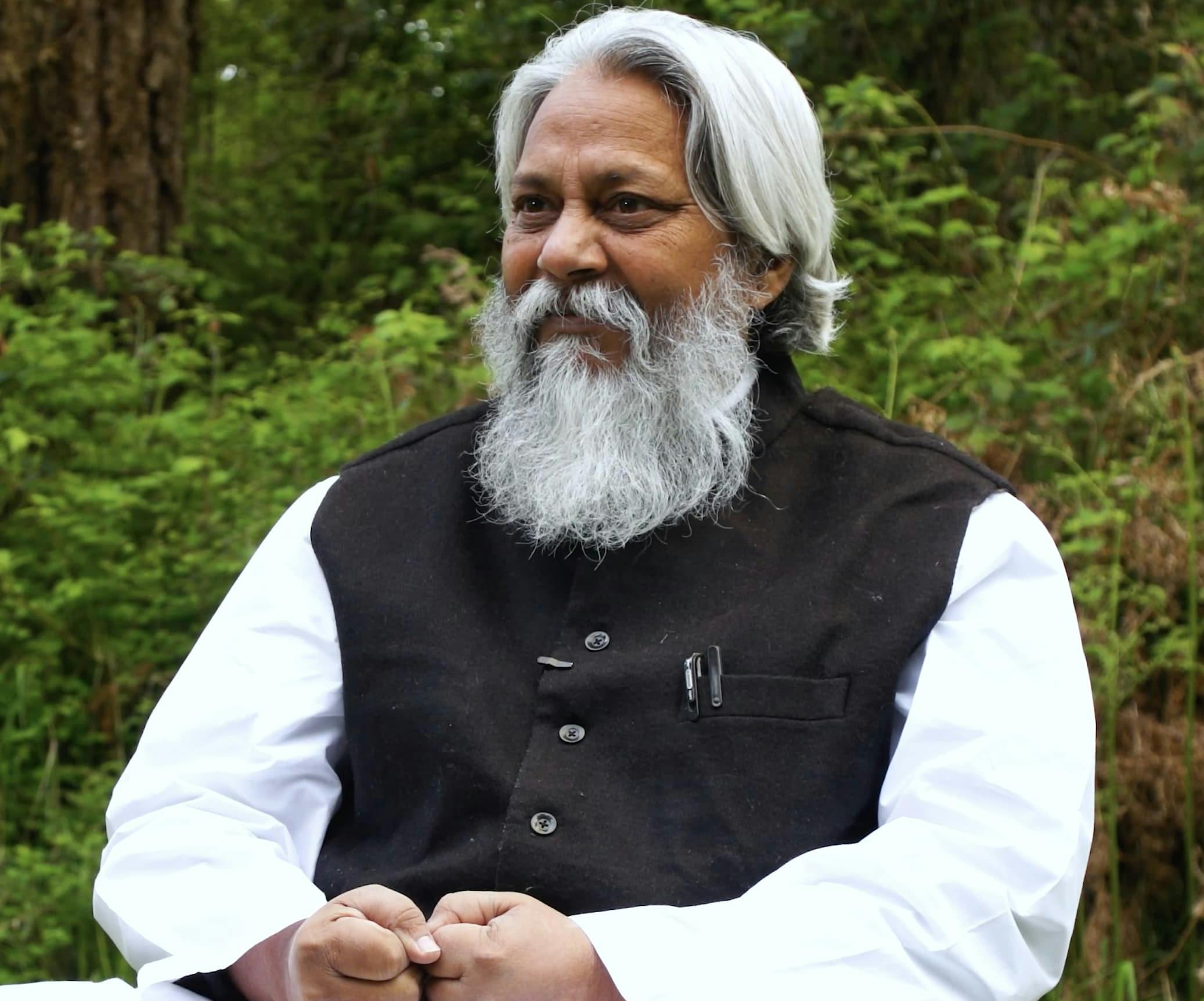
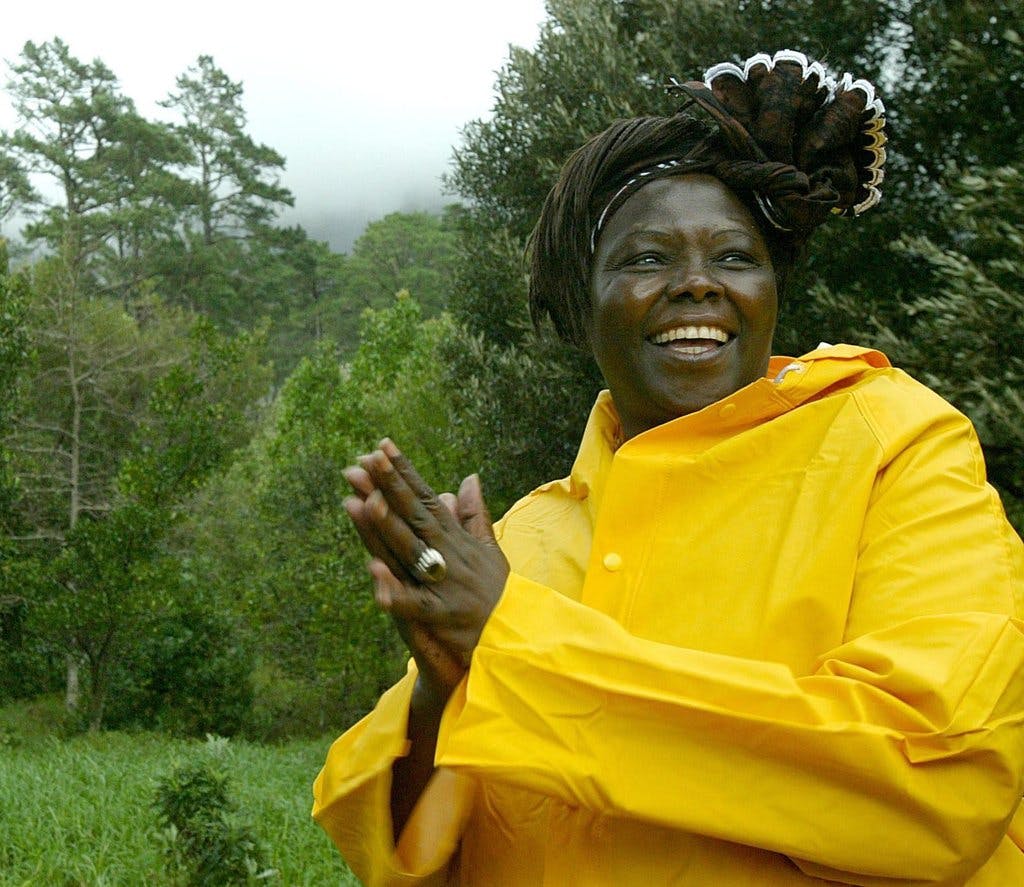
The Woman Who Planted Millions of Trees
Waangari Maathai
A mother and a teacher, who started an environmental movement in Kenya that won her the Nobel Prize. Seeing the destruction of tree cover and springs in her community, she started an organization to plant trees and look after women’s rights. This became the Green-Belt movement, which transformed Kenya by helping train women to plant millions of trees and protect ecosystems.
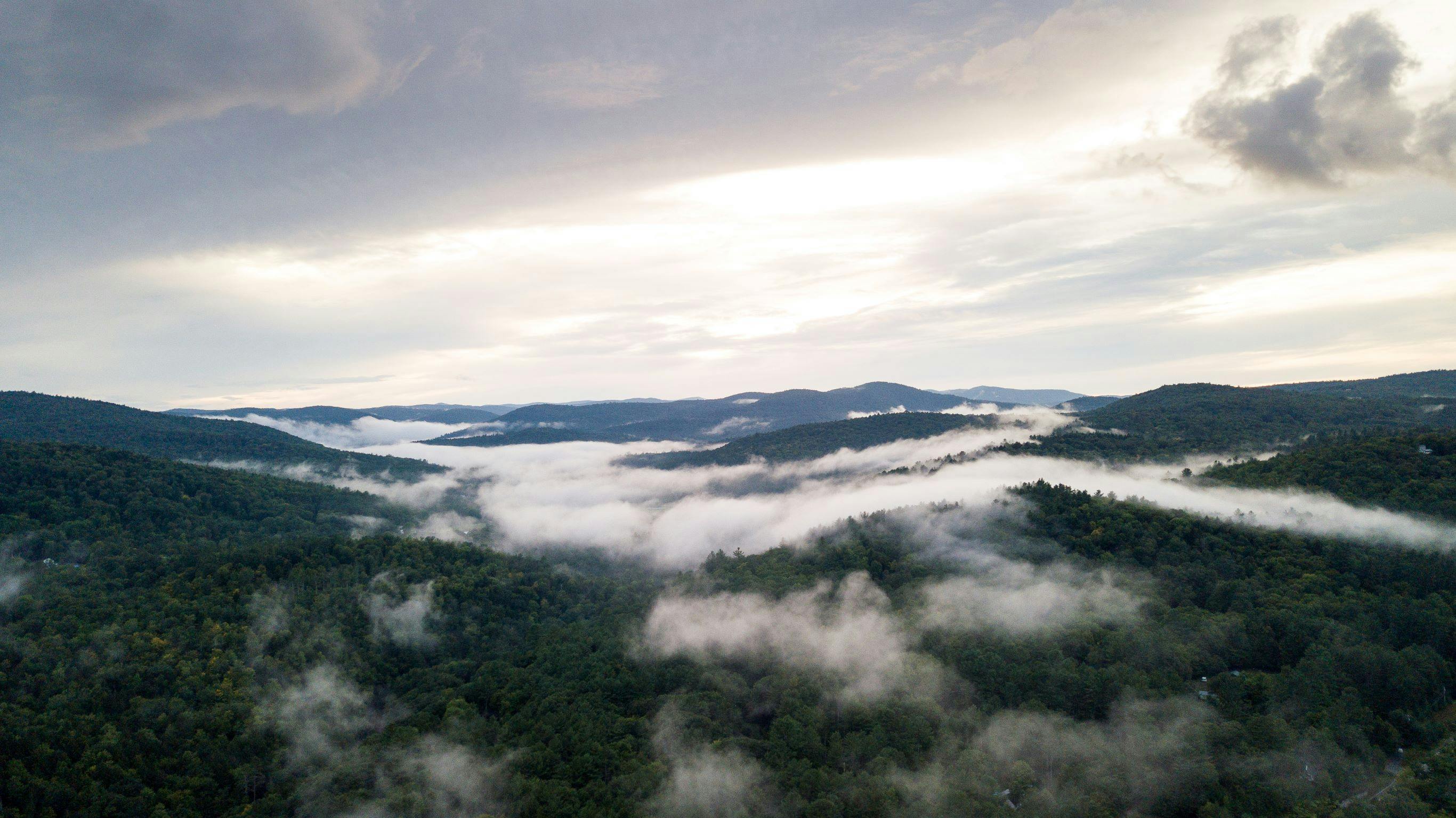
Begin Your Journey with Water Cycle Restoration
Join the Movement
Water Cycle Restoration is the antidote to environmental despair, moving you from aware to activated;
empowering your ability to make a positive impact for both your waters and your community.
Our Core Course provides everything you need to grow your abilities in water cycle restoration;
whether to start your career, activate your community, or revive your landscape.
Our free, online community provides the space to connect and share.